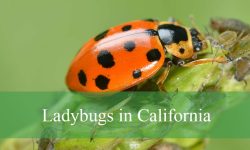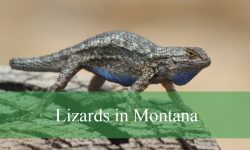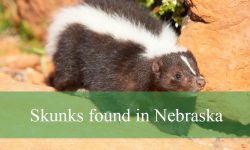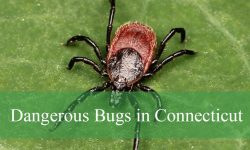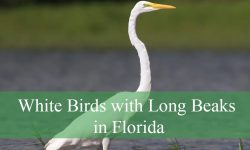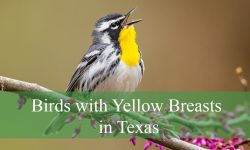The landscapes of Illinois provide a haven for several remarkable and graceful deer species. These animals are a familiar sight in woodlands, fields, and even near quiet suburban areas. The state’s forests and farmlands provide an ideal environment where deer can feed, raise their young, and adapt to changing seasons.
The most common and widespread species is the white-tailed deer, an iconic symbol of Illinois wildlife. However, a few other species have been spotted within state borders over the years. Some are rare wanderers that occasionally cross into Illinois, while others exist in captivity or on private preserves.
In this guide, you’ll learn about the four types of deer found in Illinois, how to recognize them, and where they are most likely to appear. Each species has unique characteristics, behaviors, and stories that reveal the remarkable diversity of deer life in the Prairie State.
White-Tailed Deer (Odocoileus virginianus)
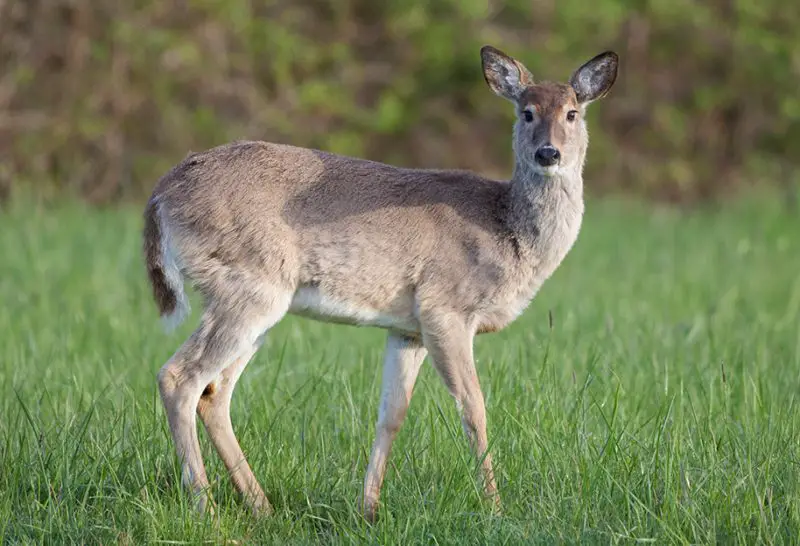
The White-tailed Deer is the only native deer species in Illinois and is easily the most abundant. It’s the official state animal, a symbol of the state’s rich natural heritage. Adult deer are typically reddish-brown in summer and turn grayish-brown during winter. The underside of their tail is pure white — a flash of warning to other deer when danger approaches.
These deer are medium-sized, standing 3 to 3.5 feet tall at the shoulder and weighing between 100 and 300 pounds. Bucks (males) grow antlers annually, shedding them in late winter and regrowing them in spring. The size and branching of the antlers increase as the deer matures.
White-tailed Deer are found statewide, from the wooded hills of southern Illinois to the agricultural plains in the north. They prefer habitats with a mixture of forest cover and open fields, where they can find food and shelter. They are crepuscular, meaning most active during early morning and late evening.
During fall, bucks enter the rutting season, marked by aggressive behavior, antler clashes, and a distinct musky odor. Females (does) typically give birth to one or two fawns in late spring, each with a spotted coat for camouflage.
Although beloved, white-tailed deer populations can grow rapidly and sometimes exceed the land’s carrying capacity. This overabundance can lead to vehicle collisions and crop damage. As a result, Illinois manages deer numbers through carefully regulated hunting seasons.
Mule Deer (Odocoileus hemionus)
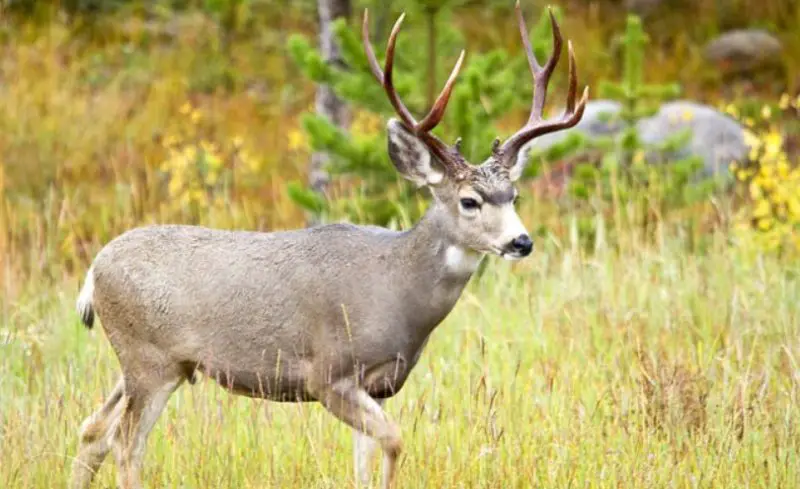
The Mule Deer, native to the western United States, is a rare visitor to Illinois. Its name comes from its large, mule-like ears that help it detect sounds over long distances. While not native to the region, occasional reports from western counties along the Mississippi River confirm sporadic sightings of this species.
Mule Deer are generally larger than white-tails, weighing between 120 and 330 pounds. Their most distinguishing feature is their antler shape — unlike the single main beam of white-tailed deer, mule deer antlers fork as they grow, creating a unique, symmetrical appearance. They also have a black-tipped tail and a grayish-brown coat that blends into arid landscapes.
In terms of behavior, mule deer move with a distinctive stotting gait, a bounding leap where all four feet leave the ground simultaneously. This motion allows them to navigate rugged terrain, though Illinois’ flatter landscape doesn’t suit their typical habitat.
These deer are more at home in open prairies, deserts, and mountainous regions of the western U.S. However, environmental changes, droughts, or dispersing young males can occasionally push individuals eastward into Illinois.
Because the state lacks a consistent population, sightings remain rare and exciting for wildlife enthusiasts. If you happen to see one, look closely at its ears and antlers — those are the best giveaways that it’s not a white-tail.
Elk (Cervus canadensis)
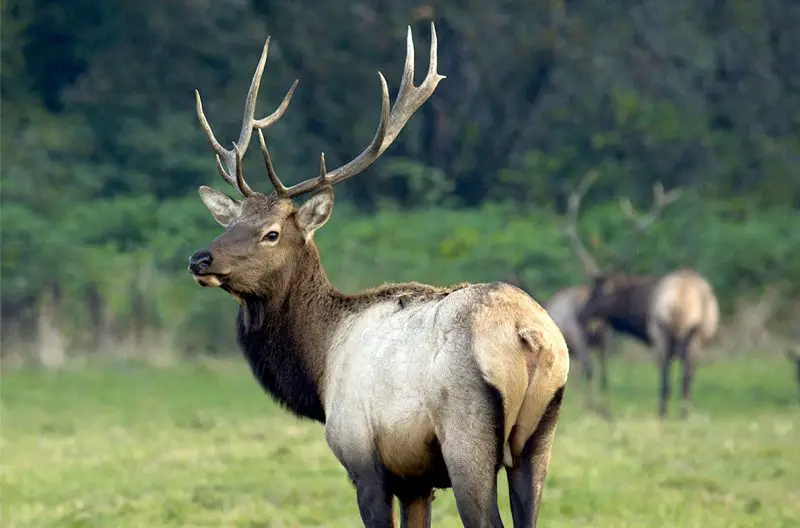
The Elk, also known as the Wapiti, once roamed freely across Illinois. Historically, herds of these magnificent animals grazed in open grasslands and along forest edges throughout the Midwest. Unfortunately, overhunting and habitat loss during the 1800s led to their complete disappearance from the state.
Today, no permanent elk populations exist in Illinois, but thanks to successful reintroduction programs in nearby states like Kentucky, Wisconsin, and Missouri, occasional wanderers are reported near Illinois’ southern and western borders. These sightings often occur near the Shawnee National Forest or along the Mississippi River corridor.
Elk are much larger than deer — bulls can stand nearly 5 feet tall at the shoulder and weigh up to 700 pounds. Their coats are light brown with darker necks and manes, and males grow massive branching antlers that can reach lengths of four feet or more. During the fall rut, bulls emit a haunting bugle call to attract females and establish dominance.
While Illinois currently lacks a sustainable elk population, the species’ gradual return to nearby states raises hopes that future rewilding efforts could reintroduce them to suitable habitats. Seeing one in the wild remains a rare but unforgettable experience.
Elk prefer large open meadows, forest edges, and valleys near water, which southern Illinois could potentially provide. If you ever see a “giant deer” with a thick neck and towering antlers, there’s a good chance it’s an elk.
Fallow Deer (Dama dama)
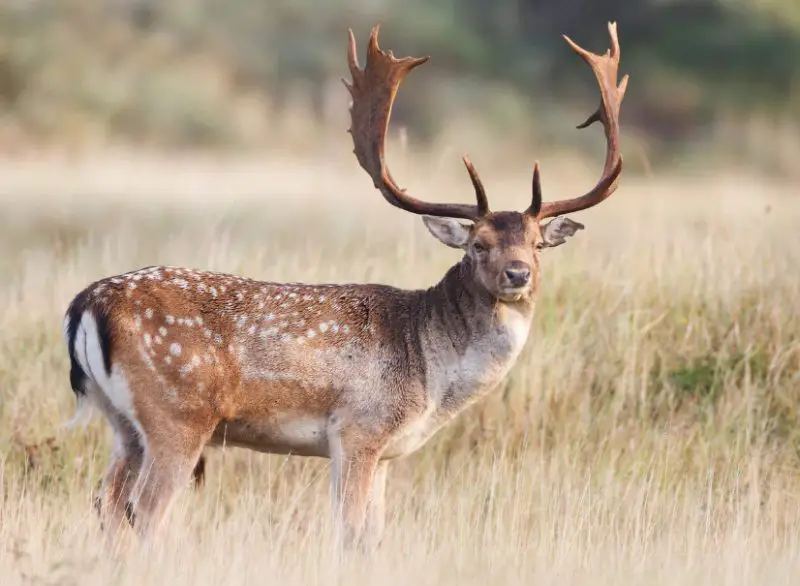
The Fallow Deer is an introduced species native to Europe, not a natural part of Illinois’ wildlife. However, small captive populations exist on private farms, hunting preserves, and exotic game ranches across the state. Occasionally, individuals escape and are spotted in the wild.
Fallow Deer are striking animals with great variation in coat color — from light fawn with white spots to dark brown or almost black. Their most unique feature is their palmate antlers, which resemble a flattened hand, unlike the pointed antlers of native species. Males can weigh between 130 and 220 pounds, while females are smaller and lack antlers.
These deer adapt well to mixed woodlands, pastures, and open fields. In captivity, they are raised for meat, antlers, and tourism. Escaped individuals sometimes survive for short periods in the wild, but Illinois’ climate and competition with native deer make long-term survival unlikely.
While not part of the natural ecosystem, Fallow Deer add an interesting twist to Illinois’ deer diversity. If you spot a spotted deer with broad antlers, it’s almost certainly a Fallow Deer rather than a white-tail.
Habitat and Range of Deer in Illinois
Illinois offers an abundance of ideal deer habitat. Its diverse mix of forests, grasslands, wetlands, and farmlands supports a healthy white-tailed deer population. Wooded river valleys like those along the Illinois, Mississippi, and Kaskaskia Rivers are particularly rich in deer activity.
White-tailed Deer are highly adaptable and even thrive near suburban neighborhoods and parks. Mule Deer and Elk, on the other hand, appear only occasionally along western and southern borders, typically as lone travelers. Fallow Deer, being introduced, remain localized to private properties or controlled environments.
The state’s deer populations are closely monitored by the Illinois Department of Natural Resources (IDNR) to maintain ecological balance and minimize vehicle collisions. Responsible land management and ethical hunting practices play a key role in ensuring healthy numbers for future generations.
Identification Guide: How to Tell Illinois Deer Apart
Tail and Color
- White-tailed Deer: Brown coat with a white underside of tail visible when raised.
- Mule Deer: Gray-brown coat, black-tipped tail.
- Elk: Light tan body with dark neck and short tail.
- Fallow Deer: Often spotted or lighter colored with variation from fawn to black.
Antler Shape
- White-tailed Deer: Single main beam with points rising upward.
- Mule Deer: Forked antlers branching evenly.
- Elk: Long, sweeping antlers with multiple points on each side.
- Fallow Deer: Broad, palm-like antlers.
Size Comparison
Elk are the largest, followed by Mule Deer, White-tailed Deer, and finally Fallow Deer. The size difference is often the easiest way to identify elk at a distance.
Deer Behavior and Seasonal Changes in Illinois
White-tailed Deer display distinct behaviors throughout the year. In spring, does give birth to fawns hidden in tall grass, while bucks begin to regrow antlers. During summer, deer form small groups, feeding on green vegetation and crops.
As autumn arrives, bucks shed their velvet and prepare for the rut, or breeding season. This is when they become most active and visible, marking territories with scent and scraping the ground with their hooves. Winter brings reduced activity as deer conserve energy, feeding on woody plants and bark.
These behavioral cycles are essential to survival and reproduction, and they also influence the timing of Illinois’ hunting seasons.
Ecological Importance of Deer in Illinois
Deer play a complex role in Illinois’ ecosystems. Their browsing influences the composition of forests and plant communities, creating openings that allow new growth. They are also a vital food source for predators such as coyotes and bobcats.
However, when populations grow too large, over-browsing can harm native vegetation and reduce biodiversity. Deer also contribute to vehicle collisions — a significant safety concern in many rural areas. To balance these effects, wildlife managers carefully regulate harvest numbers and monitor habitat health.
Deer also contribute economically through hunting, photography, and ecotourism, making them both an ecological and cultural asset to the state.
Table Summary: Deer Species in Illinois
Deer Species |
Scientific Name |
Status in Illinois |
Average Size |
Distinguishing Features |
|---|---|---|---|---|
White-Tailed Deer |
Odocoileus virginianus |
Native, common statewide |
100–300 lbs |
White underside of tail, reddish summer coat |
Mule Deer |
Odocoileus hemionus |
Rare visitor |
120–330 lbs |
Black-tipped tail, forked antlers, large ears |
Elk (Wapiti) |
Cervus canadensis |
Extirpated, rare wanderer |
500–700 lbs |
Massive antlers, tan body, dark mane |
Fallow Deer |
Dama dama |
Non-native, escaped individuals |
80–220 lbs |
Spotted coat, palm-shaped antlers |
Tips for Observing Deer in Illinois
Visit at Dawn or Dusk
Deer are most active during early morning and late evening. Visit forest edges, farmlands, or state parks at these times for the best chance to see them.
Stay Downwind and Quiet
Deer have an exceptional sense of smell and hearing. Move quietly and position yourself downwind to avoid detection.
Use Binoculars
Binoculars or a spotting scope allow you to observe details like antler shape and behavior from a safe distance without disturbing the animals.
Be Cautious While Driving
Deer frequently cross roads, especially during fall rutting season. Slow down and stay alert in rural and forested areas.
FAQs about Deer in Illinois
What kind of deer live in Illinois?
The White-tailed Deer is the only native and common species, though Mule Deer, Elk, and Fallow Deer may occasionally be seen.
Are mule deer native to Illinois?
No, Mule Deer are native to the western United States and only rarely appear in Illinois as wandering individuals.
Were elk ever native to Illinois?
Yes, Elk were historically native but were extirpated in the 1800s. Occasional wanderers from nearby states still appear today.
Can you hunt deer in Illinois?
Yes. The Illinois Department of Natural Resources regulates hunting seasons for White-tailed Deer using archery, firearm, and muzzleloader equipment.
Are albino deer found in Illinois?
Rarely, albino and piebald white-tailed deer are occasionally seen in Illinois. These are genetic variations, not separate species.
Do deer cause problems in Illinois?
Yes, overpopulation in some areas leads to vehicle collisions and crop damage, making population control through hunting necessary.
Conclusion
Illinois may not have the diversity of deer seen in western states, but its landscapes are home to one of North America’s most iconic species — the White-tailed Deer. Occasional appearances of Mule Deer, Elk, and Fallow Deer add an extra spark of fascination for wildlife watchers across the state.
From dense woodlands to suburban parks, these graceful creatures remind us of Illinois’ wild heritage and the importance of responsible conservation. Whether you’re a hunter, photographer, or nature lover, understanding and appreciating these deer helps ensure they continue to thrive in the Prairie State for generations to come.

